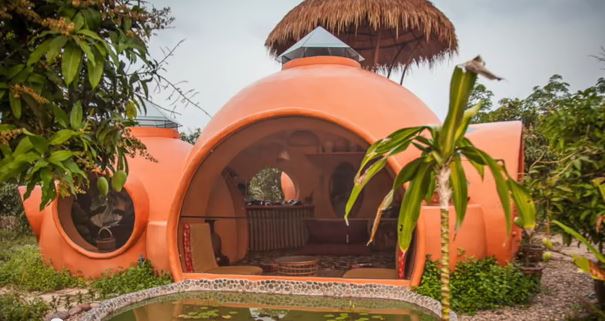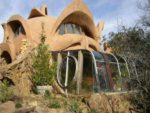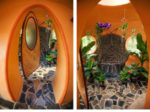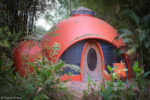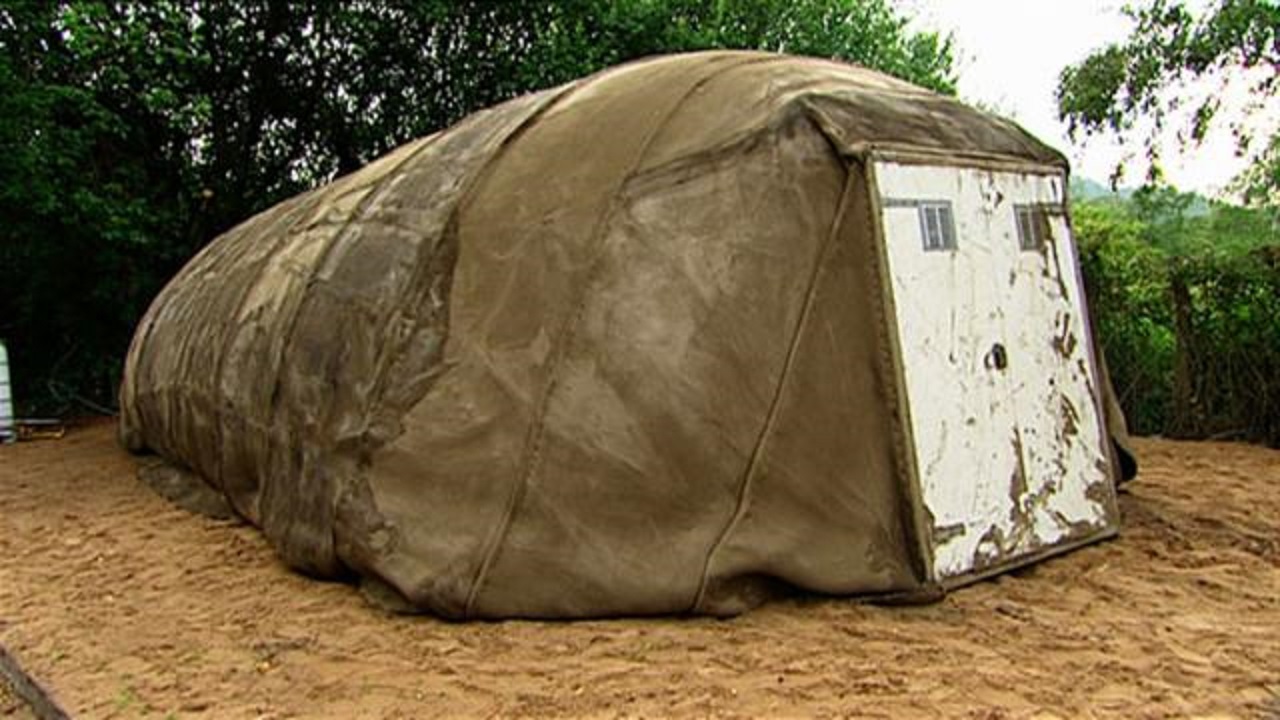When I was very young, I was given a book all about survival skills in different environments and climates. It sparked something inside me, and I became incredibly interested in various types of shelters, food gathering, and going green. I’ve long been fascinated by alternative housing, and my dream home, should I ever be able to find a spot in which I want to settle down, will be a hobbit hole type structure that utilizes the land around it to help shape it. I’ve seen many different green shelters and alternative housing, and my latest obsession is with Air Crete. Invented by Hajjar Gibran, Air Crete is an eco-friendly material that has a lot of potential. Not only is it fireproof, waterproof, and insect-proof, it doubles as insulation and does not need a lot of upkeep (Gibran promises it does not corrode, rot, or warp). It’s also much cheaper and easier to work with than regular concrete. Sounds too good to be true, doesn’t it? There are a few cons to using this type of material, the big one being that it is for one story buildings only. As of yet the material has not been approved for anything more than that, though a one story building is much more practical for many people, especially if you are living in more rural areas. It’s also better for small children and the elderly, as stairs can often become danger zones.
So what is air crete? To put it simply, air crete is a combination of concrete and air bubbles. Gibran sells a machine dubbed “The Little Dragon” that mixes in the air bubbles while the concrete is being mixed, which means that you will be using less concrete and making material that is simpler to handle, easy to put together, and can be used in any climate.
One of the nice things about air crete is that it is easy to work with — it can be shaped using woodworking tools, it dries in 24 hours, and you can use regular building materials (such as a hammer and nails) without damaging it. There are 10-day workshops available in Mexico and the Philippines, currently, though if this becomes a popular building material, workshops will most likely be offered in other areas as well. If you don’t want to design your own, you can purchase plans from Gibran’s company, DomeGaia. Of course, if you’re like me, you already have an idea about what you want, so you may want to flip through some pictures, pull together your favorite aspects, and use that as a template. Depending on the size of your structure, it appears that air crete is inexpensive enough that it reduces the cost of building by 10.
Want to see the beautiful, domed structures made from air crete? You can watch a video at William Nelson’s YouTube channel. Once you see it, you’ll fall in love. You can also find more information on Hajjar Gibran, DomeGaia, and air crete on the DomeGaia website.
